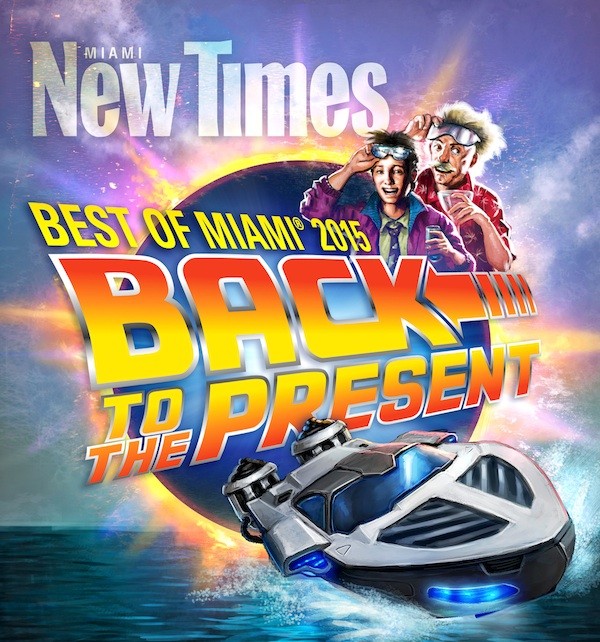Even in a town where pop-up galleries burst onto the scene and disappear with fruit-fly-like speed, Guccivuitton is a new kid on the block. Headed by local artists Loriel Beltran, Domingo Castillo, and Aramis Gutierrez, the cheekily named outpost opened its doors in 2013 in Little Haiti. The gallery hit it big with its very first show, "Art404 — IRL (In Real Life)." Since then, Guccivuitton has hosted a variety of smart and interesting exhibitions, including the 2014 group show "Luxury Face," which elegantly skewered consumer culture. That exhibition caught the attention of the New York Times and Vice's i-D. And most recently, the gallery hosted what was likely the most interesting of the Purvis Young shows that have flooded the city in the past year. Perhaps it's also worth mentioning that the gallery has managed this success without the hype of Wynwood's graffiti-covered walls. Guccivuitton recently expanded its reach to Miami's museums. The collective's collaboration with the Institute of Contemporary Art is on view at that museum until September 25. The gallery's hours are Saturday from noon to 5 and by appointment.
Readers' choice: Locust Projects





